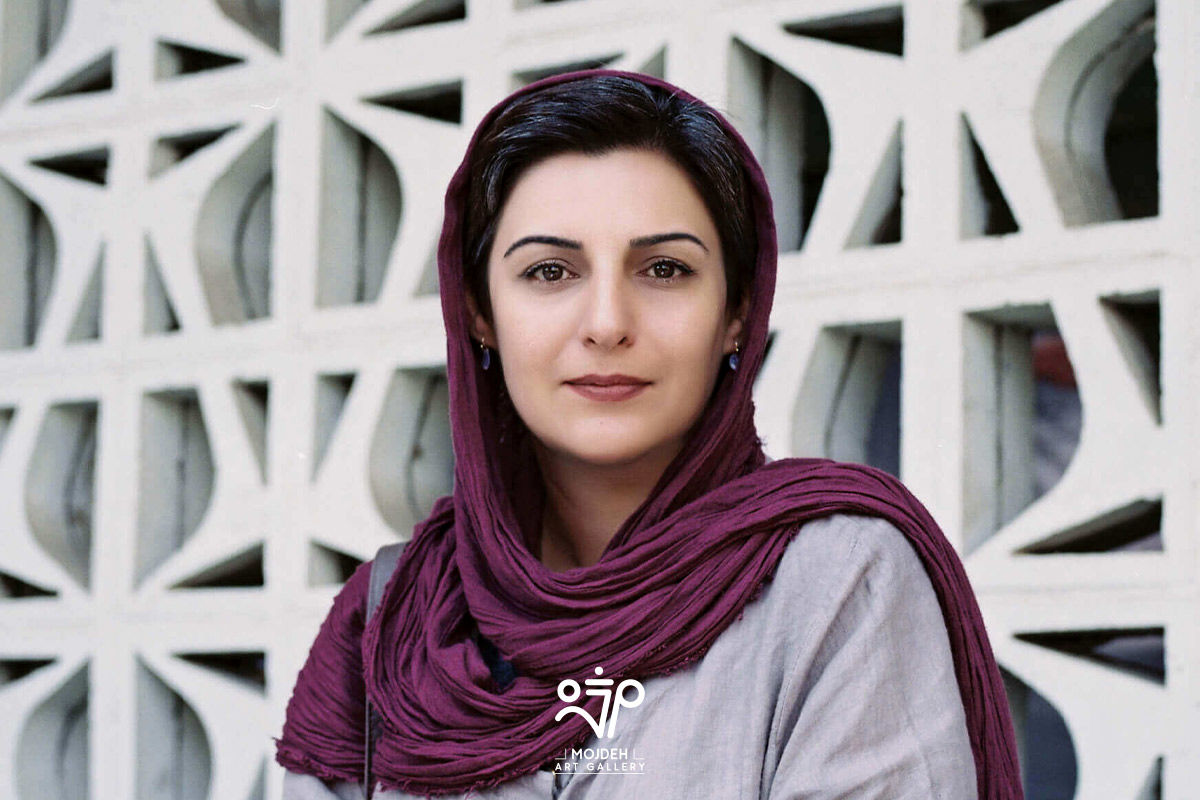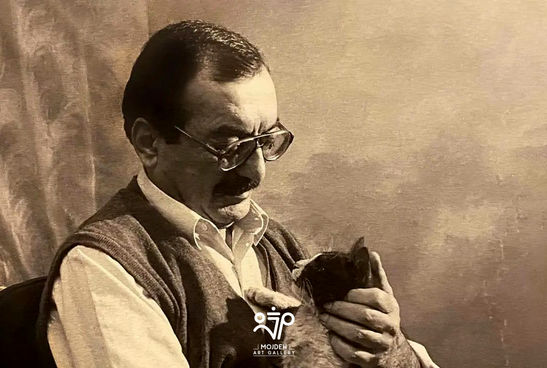Shadi Ghadirian

Shadi Ghadirian, born in 1974, completed her photography studies in 1998 at Azad University, majoring in photography, and her first exhibition was held in 1999 at Golestan Gallery. She learned photography, in particular, from the prominent master and teacher Bahman Jalali, and perhaps the influence of these lessons can be traced in Ghadirian's visual creations. The holding of solo and group exhibitions in galleries in Iran and abroad has made this prominent artist a professional figure on the international scene, and her fame in various countries is such that the renowned Italian semiotician Umberto Eco praised some of her collections, especially the "Qajar Women" series. Apart from Eco, many critics and curators have written critiques and analyses of Ghadirian's works and examined the works of her 30-year career. It is difficult to categorize and divide all of Ghadirian's collections, and the divisions are mostly based on her exhibitions. Collections such as "Off Focus" (1995), "Qajar" (1999), "Be My Voice" (1), "Like Everyday" (2000), "Be Colorful" (2001), "West by East" (2004), "Control + Alt + Delete" (2006), "Nil, Nil" (2008), "White Square" (2008), and "Lady Butterfly" (2011). In most of these collections, the artist not only explores the capabilities and limitations of the photographic medium and expands the visual literacy of this medium, but also, with a deep look at women's issues and, consequently, social issues, creates challenging questions for the audience. Questions that draw the artist from a mere observer to the scene of examination and analysis. The issue of women and questions about their daily lives have been fundamental issues raised in many eras, but their meaningful emergence in art became significant in the mid-twentieth century onwards. In this context, women's writing, feminist criticism, and many methods of analyzing works addressed how women appear in artworks. In Shadi Ghadirian's collections, concerns revolve around women's discourse, the conflict between tradition and modernity in women's daily lives, the female body, women's activism, and so on. It is worth noting that when we talk about the emergence of women in artworks, this emergence should not be reduced to the figurative presence of women in painting or photography. Rather, this presence constructs a mode of discourse that has been able to de-power an art that merely depicted women. From this perspective, Shadi Ghadirian's role in the emergence of such a discourse in Iranian art, and consequently in global art, is very significant. This prominent artist is currently engaged in her artistic work and life in Tehran.
Sohrab Ahmadi


